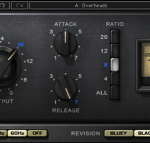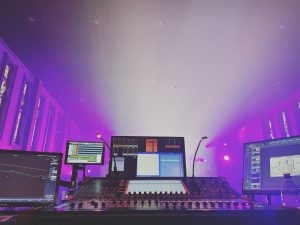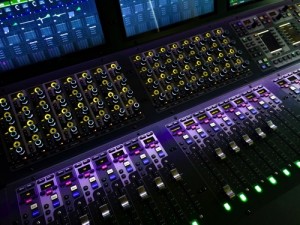
QuickTip: Turn It All Off
I saw something along these lines come up in a Facebook discussion, and it kind of echoes something I’ve seen over many years of training and mentoring engineers. If you’ve been in any of my workshops you know I don’t really have rules when it comes to mixing, but this might be a new one:
Seriously.
Turn all your processing off.
Listen to the input and apply things only as necessary.
Getting this part right takes time and experience so don’t worry if you’re getting it wrong at first. I got it wrong. The big chair guys got it wrong. Getting it wrong is how you learn to get it right.
Don’t ever be afraid to start from ground zero on an input.
Bonus Tip:
This piggybacks on the first tip:
Pete Keppler(Nine Inch Nails, Katy Perry, Bonnie Raitt) had a great quote at the Waves Live event I attended earlier this month. I don’t remember the exact quote so here’s a paraphrase:
EQ is a static solution to what is often a dynamic problem.
Maybe this scenario sounds familiar:
First you make a little cut in the low-mids. Then you make a cut in the upper-mids. Then you take a little out in the lows. Then you take some out in the mids. Now cut in the low-mids again. Now cut in the upper-mids. And on and on and on and on.
Before long, there are so many cuts happening across most of the frequency spectrum that it’s no longer EQ. It’s broadband attenuation as you continue to chase your tail. I’ve seen guys do this with 6, 8, and even 10 band parametric EQ’s just cutting and cutting and cutting in circles.
So here’s a test for you. After you EQ something, bypass the EQ. If your input jumps up in volume, you might be taking too much of the wrong stuff away. Conversely, if your input drops in volume you might be boosting too much EQ, and there are better places to add that gain.
It’s my repeated experience that if you need more than 4 filters for tonal adjustments, there’s probably a bigger issue happening and the console isn’t the place to fix it. I mean, have you ever wondered why it’s incredibly rare to find more than 4 parametric filters on a console’s channelstrip?
Maybe the source needs fixing. Maybe the mic position needs adjusting. Maybe the mic should get swapped out. Maybe the Q of your filter(s) is wrong. Maybe, the frequency response of the input is just plain dynamic. Maybe…just maybe…you just got it wrong the first time you tried to EQ things.
Instead of chasing your tail with EQ, turn it off and start over.
I still do this from time to time.
Clean up the stuff that sticks out all the time with EQ, and if you want to do some boosting to make things prettier, I’m not going to argue. Just don’t chase your tail with EQ especially if you have dynamic tonal issues. That’s what dynamic EQ’s and multi-band processors are for.


 Previous Post
Previous Post Next Post
Next Post






Love this post. Not sure if some people learning now fully appreciate the role of the faders, DCA’s, keeping your hands on the faders during the set, balance. Maybe turning it all off would be good initial training.